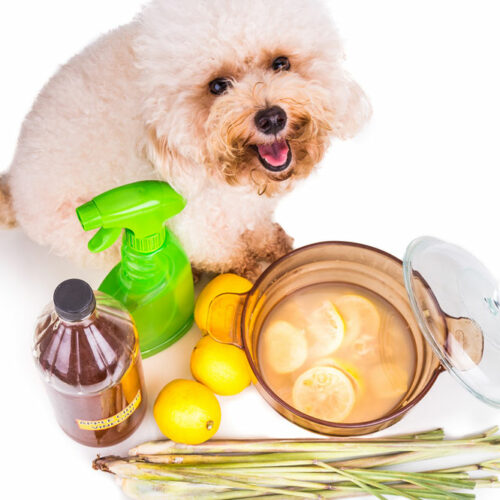5 ways to keep your dog’s coat healthy and shiny

Every pet parent wants their four-legged companion to have a lustrous coat of fur. Having a shiny coat isn’t just about looking pretty, the shein is a reflection of your dog’s good health. You don’t need to splurge on pet-friendly creams and lotions or put in a lot of time grooming your pet. Just following these simple tips can help ensure that your dog’s skin and coat are in the finest condition. Regular baths and brushing Giving you dog a bathing once or twice a month is enough. But keep in mind that using organic pet shampoos with natural ingredients is ideal.






